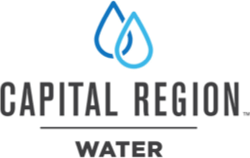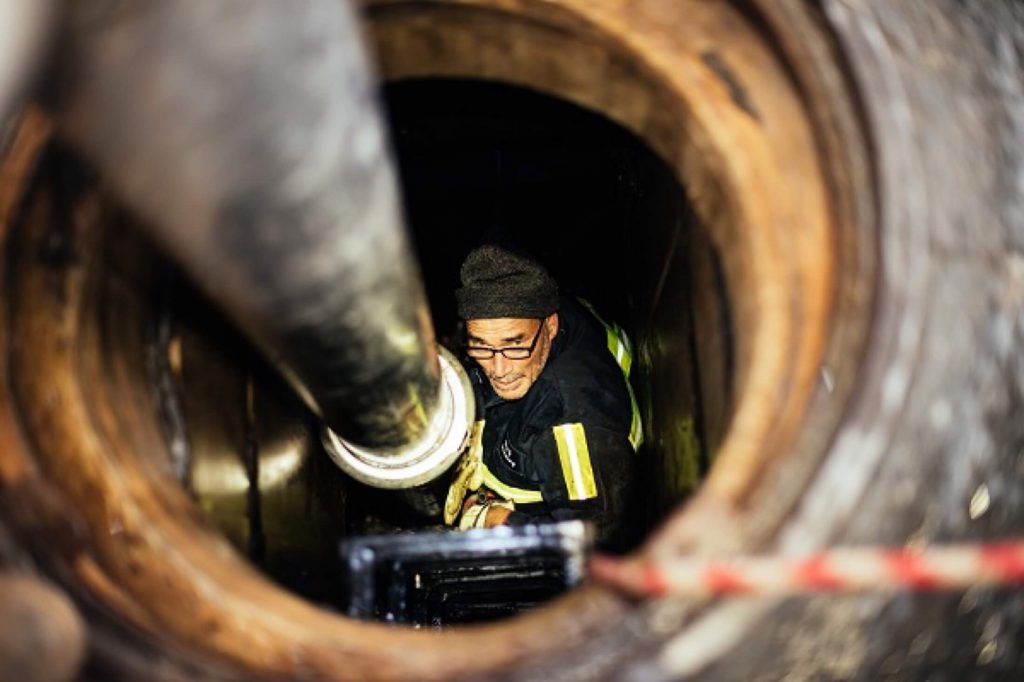After you finish taking a shower or doing the dishes, we also take care of the wastewater that leaves your home, treating and cleaning it before it enters the Susquehanna River.
Capital Region Water maintains over 134 miles of sewer pipes, including 3,000 manholes, in the City of Harrisburg. We also treat wastewater from Steelton Borough, Paxtang Borough, Penbrook Borough, Susquehanna Township, and portions of Lower Paxton Township and Swatara Township at our Advanced Wastewater Treatment Facility.

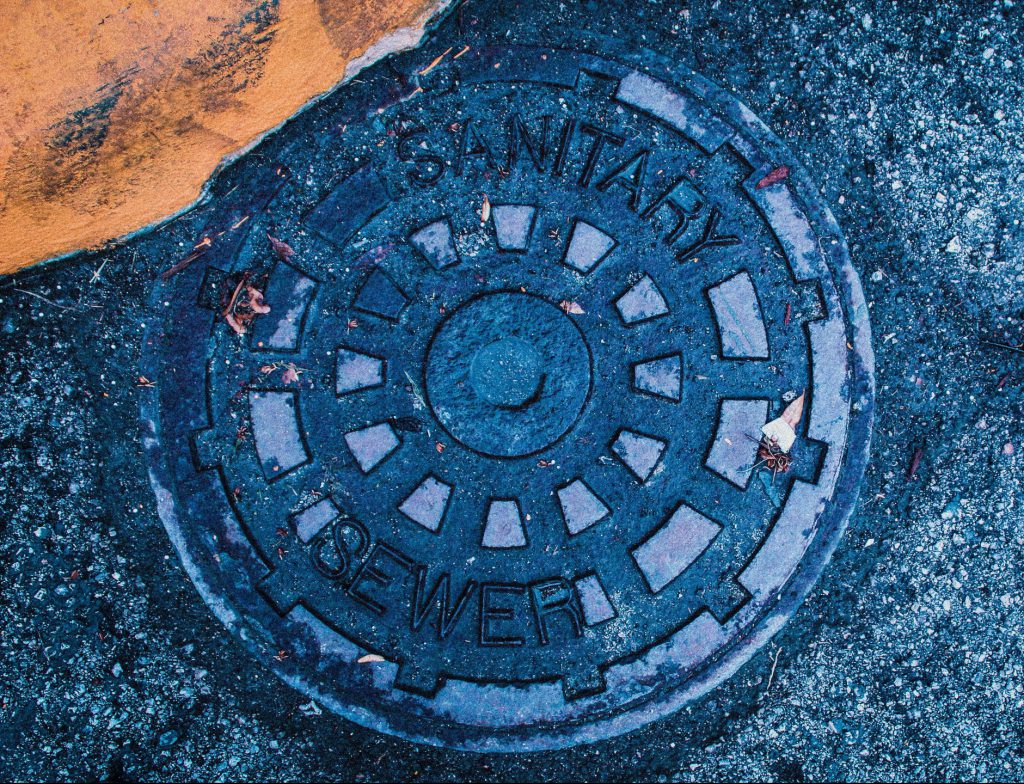
Wastewater Collection
Like many cities around the country, about 60% of Harrisburg city’s infrastructure is part of a combined sewer system (CSS). This old-style system uses one pipe to collect stormwater run-off and domestic wastewater from your home to be treated at the Advanced Wastewater Treatment Facility.
The other 40% of Harrisburg is a separate Municipal Separate Storm Sewer System (MS4) which conveys stormwater into local bodies of water, including Paxton Creek, Spring Creek, and the Susquehanna River separately from wastewater. Separate sanitary sewer pipes carry wastewater for treatment.
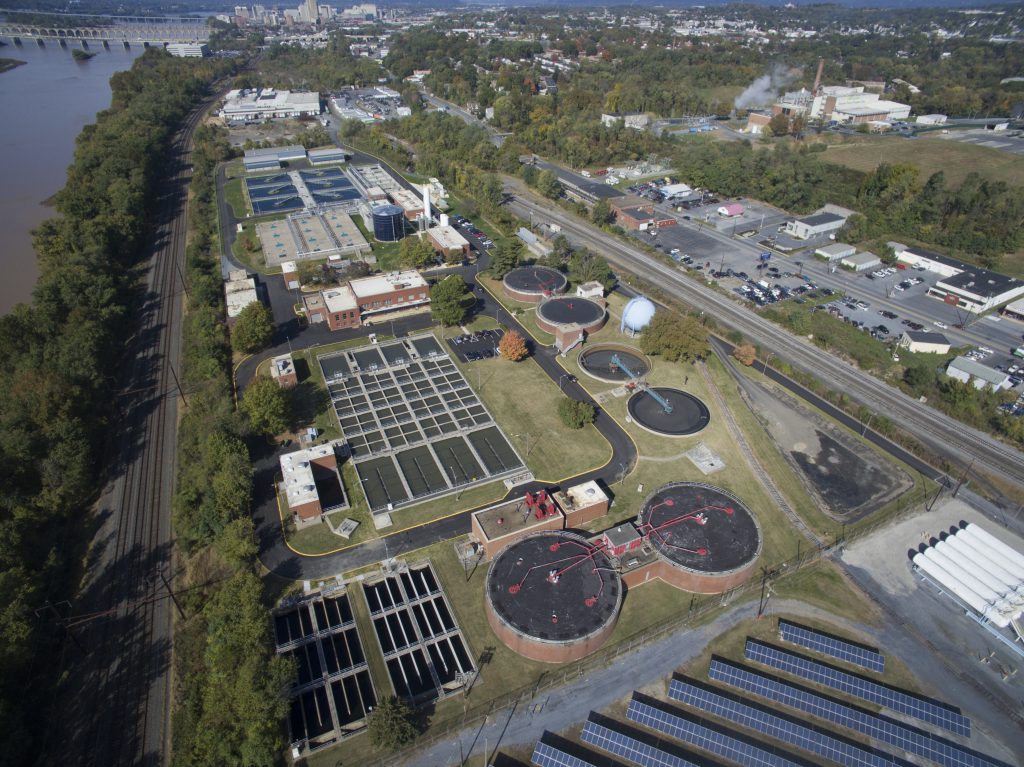
Advanced Wastewater Treatment Facility
Our Advanced Water Treatment Facility is a high-purity, oxygen-activated sludge plant capable of treating 45 million gallons per day. The plant consists of preliminary treatment, including vortex grit removal, followed by primary clarifiers, high-purity oxygen secondary treatment, secondary clarifiers, and chlorine disinfection. In 2016, the plant was upgraded to implement biological nutrient removal. This upgrade consisted of new side-stream treatment, 4.5-million-gallon biological reactor tankage, and numerous associated apparatus to upgrade treatment capabilities for nitrogen removal.
Capital Region Water has one the largest, most advanced wastewater treatment facilities in the region. This facility is just one of the continuous upgrades we’re making to our infrastructure.
How does a combined sewer system work?
Most people give little thought to where that wastewater and rainwater goes when it disappears down drains or through street inlets. About 60 percent of Harrisburg’s sewer infrastructure is comprised of a combined sewer system, which was built over a century ago. In a combined sewer system, a single pipe carries sewage and stormwater. In dry conditions, the system functions as expected, carrying sewage to a separate treatment facility. However, during heavy rain or snow storms, the amount of water can exceed the capacity of the combined system, causing the mixture of sewage and stormwater to overflow into rivers and streams.
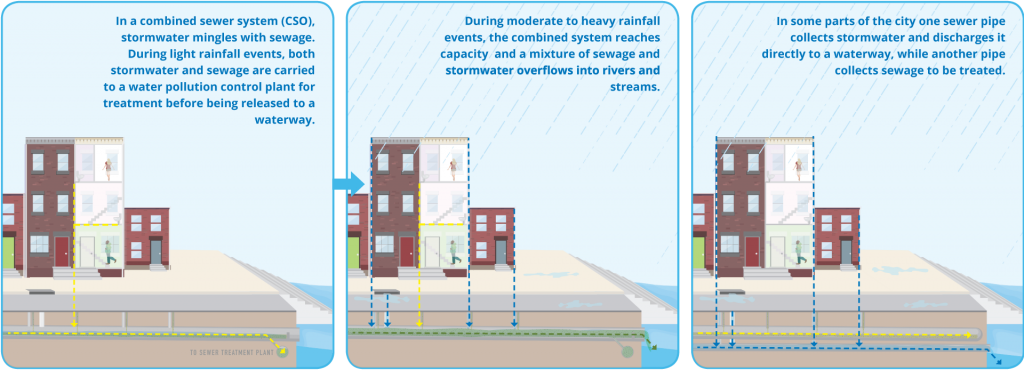
In the remaining parts of the city, there is a separate sewer system. In that system, one sewer pipe collects stormwater and discharges it directly to a waterway, without being treated, while another pipe collects sewage to be treated.
Education
Education is a vital resource to understand the role we all play in our city’s water system
Forms
These documents are provided for a quick reference of forms needed for permits, programs, and procurement.
CSO Map
Updates on combined sewer overflow (CSO) activity for each posted CSO warning sign.
Need further information?
For additional information or to view our Capital Improvement Plan, see the Consulting Engineer’s Annual Report.
